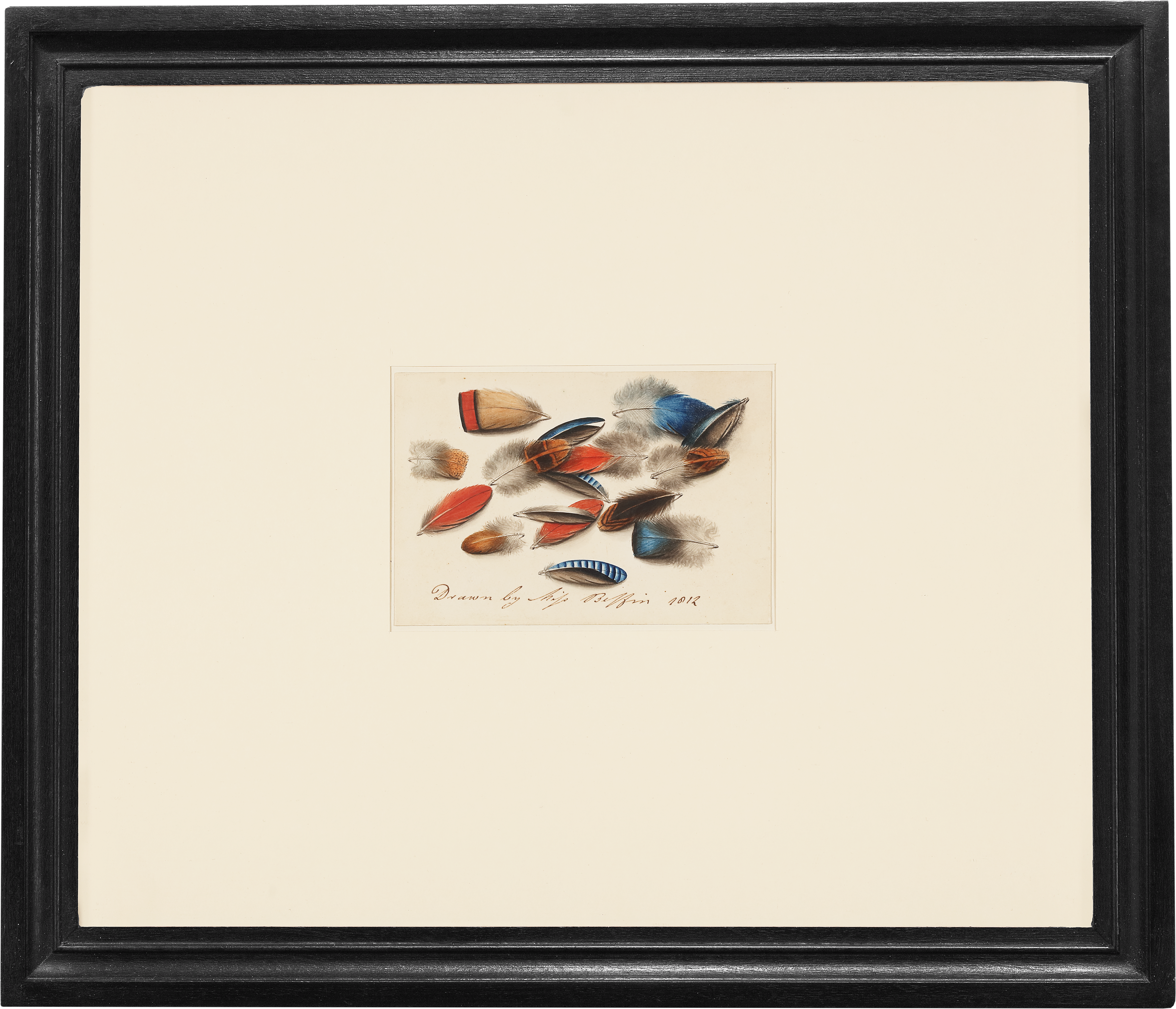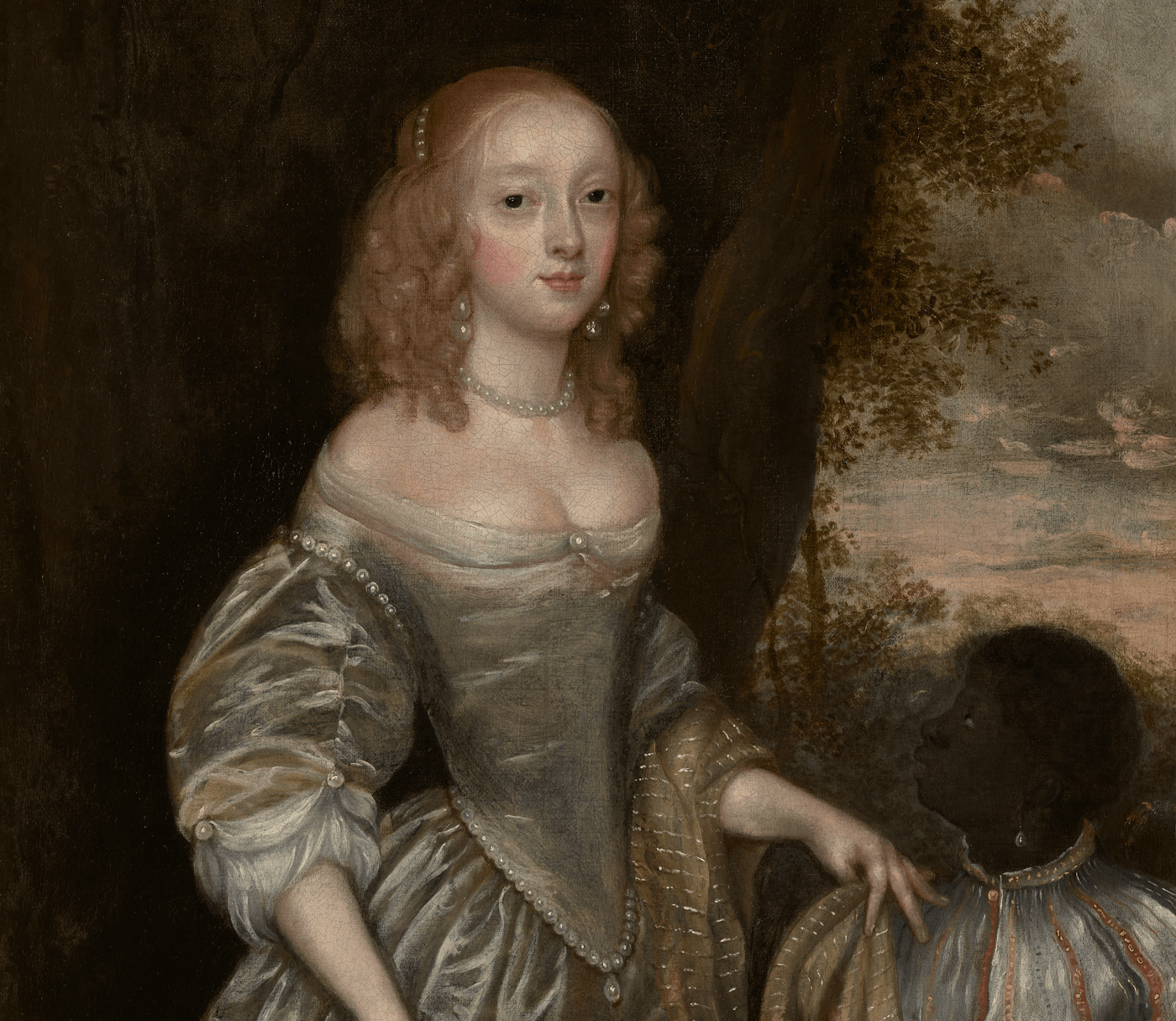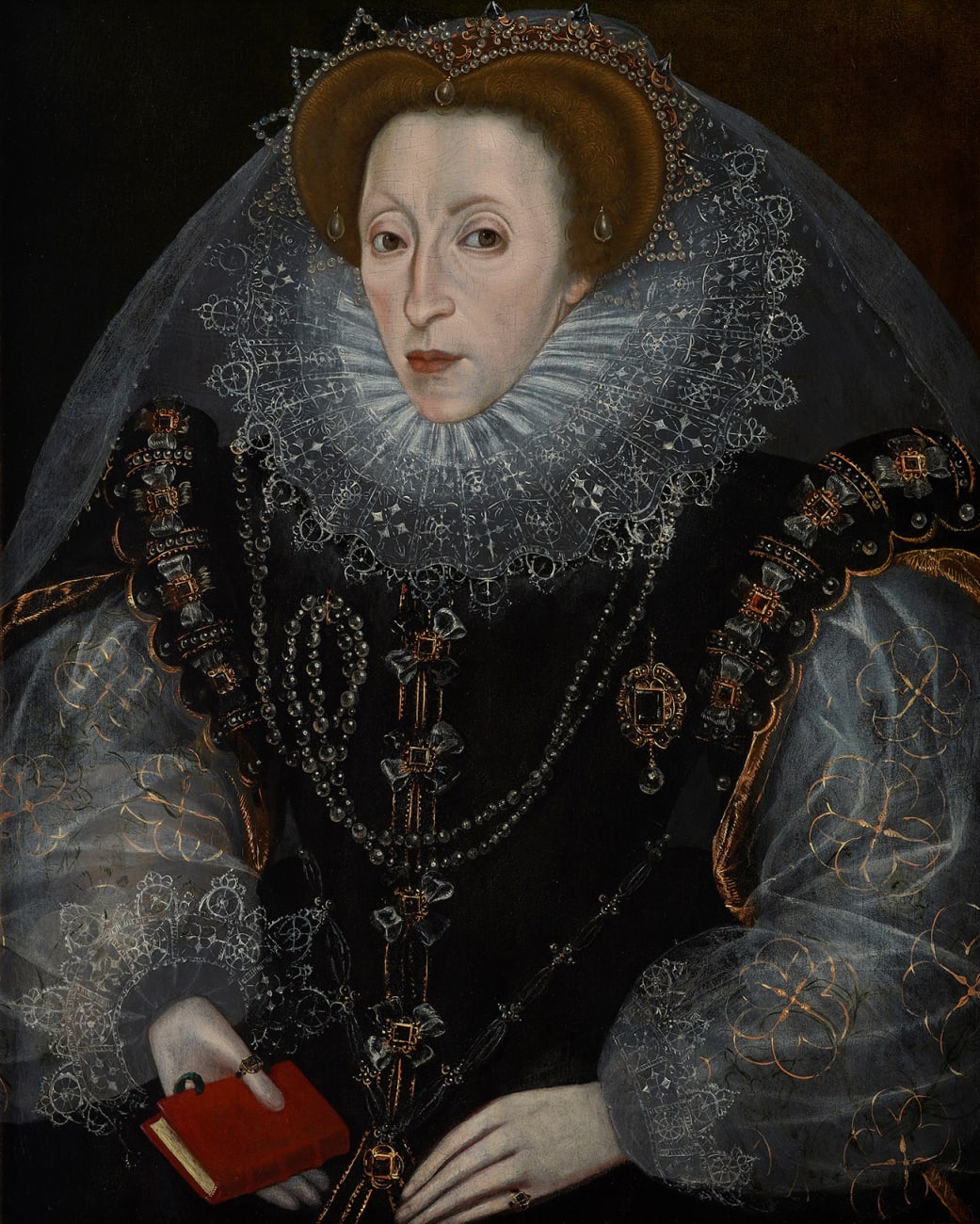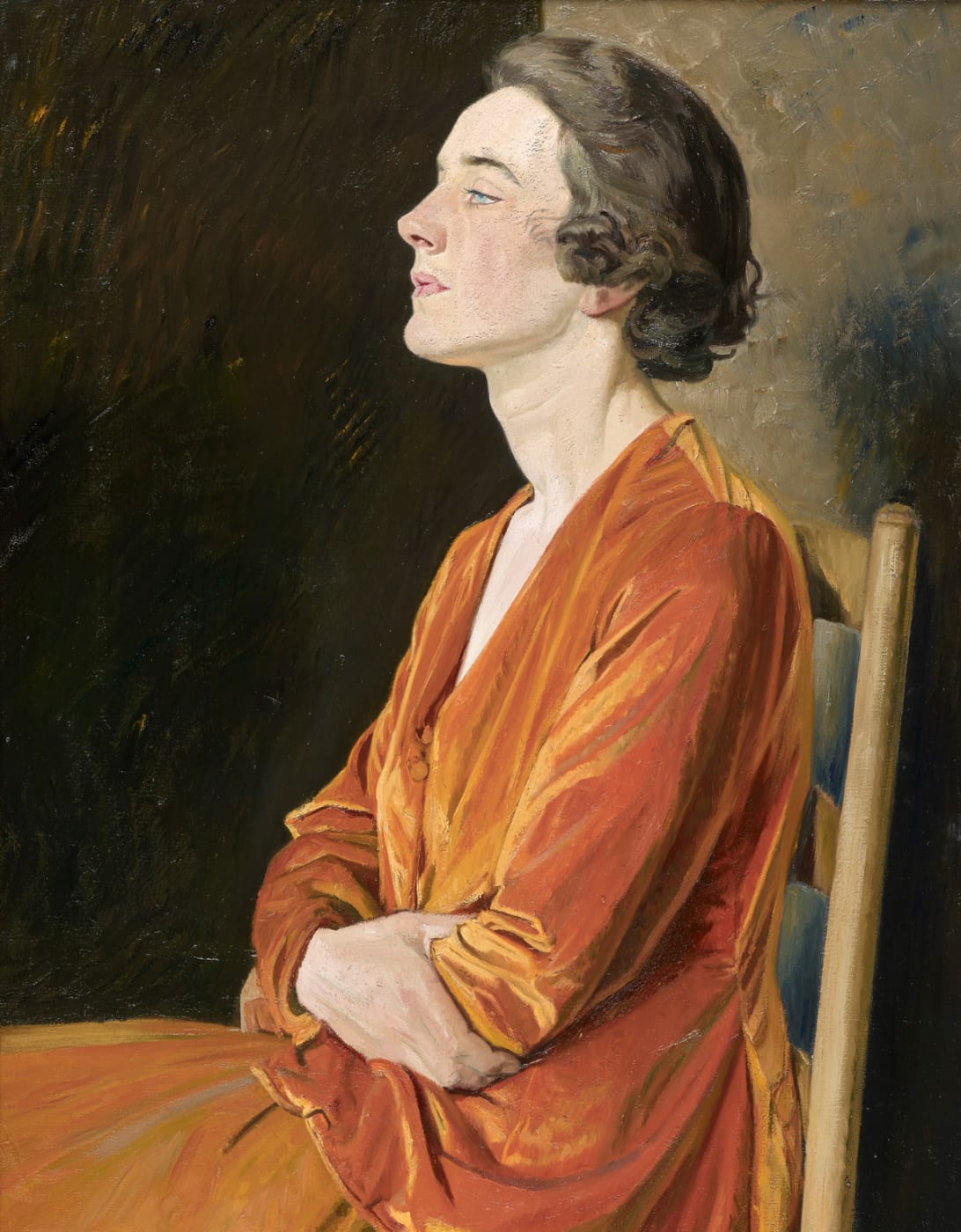Self-Taught Visionaries at Frieze Masters 2025
On Frieze Online, 17th July 2025
At Frieze Masters 2025, our understanding of historical art is challenged and expanded by self-taught figures, whose works and lifestyles remain radical. From the 17th to 20th century, London to Copacabana, men and women without artistic training turned to painting, drawing and photography in the face of financial, psychological and political turmoil. Coinciding with Grayson Perry’s celebration of Madge Gill at London’s Wallace Collection, here are just a few self-taught pioneers to discover at the fair.
Joan Carlile, Mary Beale and Sarah Biffin presented by Philip Mould & Company
Philip Mould’s Frieze Masters presentation spotlights three self-taught women artists. Joan Carlile (c.1606–79) – thought to have been the first professional female artist in England – developed a distinctive style of small, full-length compositions, predominantly featuring female sitters. Portrait of a Lady (1650s), a characteristically silver-suffused portrait, is a new discovery in Carlile’s small oeuvre.

Mary Beale (1633–99) lived just streets away from Carlile and painted Stuart London’s clergy and intelligentsia. Beale began paid commissions in earnest in 1664, when her husband, Charles Beale, lost his job at the Patents Office. Bartholomew Beale (1660s), Mary Beale’s sensitive portrait of her young son, is one of several portraits painted for the purpose of ‘study and improvement’ in her ‘paynting room’ at their home in Hind Court, off Fleet Street.
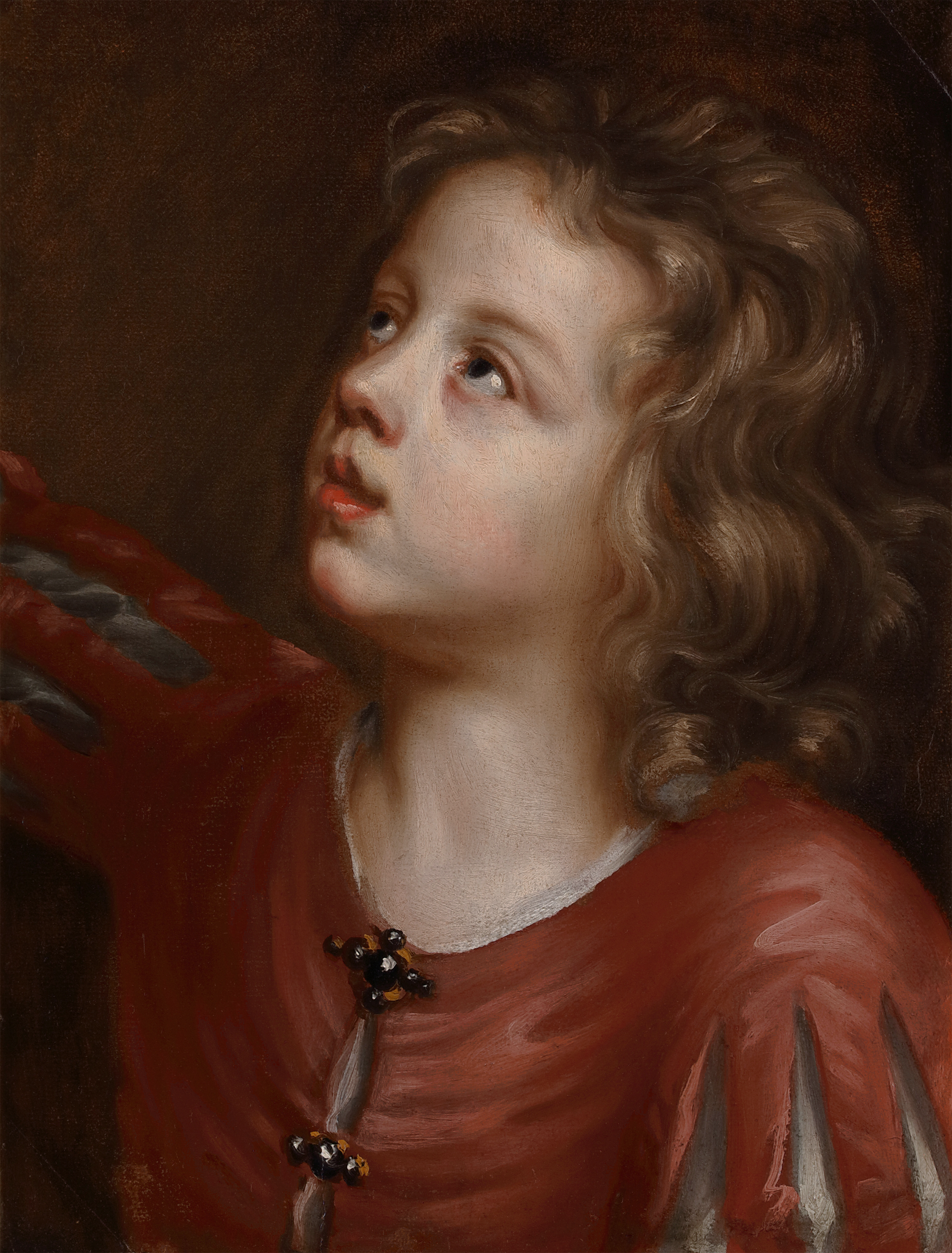
Sarah Biffin (1784–1850), born into a Somerset farming family, did not just teach herself to paint, but trained herself to use a pencil and paintbrush with her mouth and shoulder. Biffin was born without arms or legs and, aged 20, was offered a job as part of a travelling act. She painted, drew, sewed and wrote in front of crowds, her itinerant lifestyle taking her across Britain.
